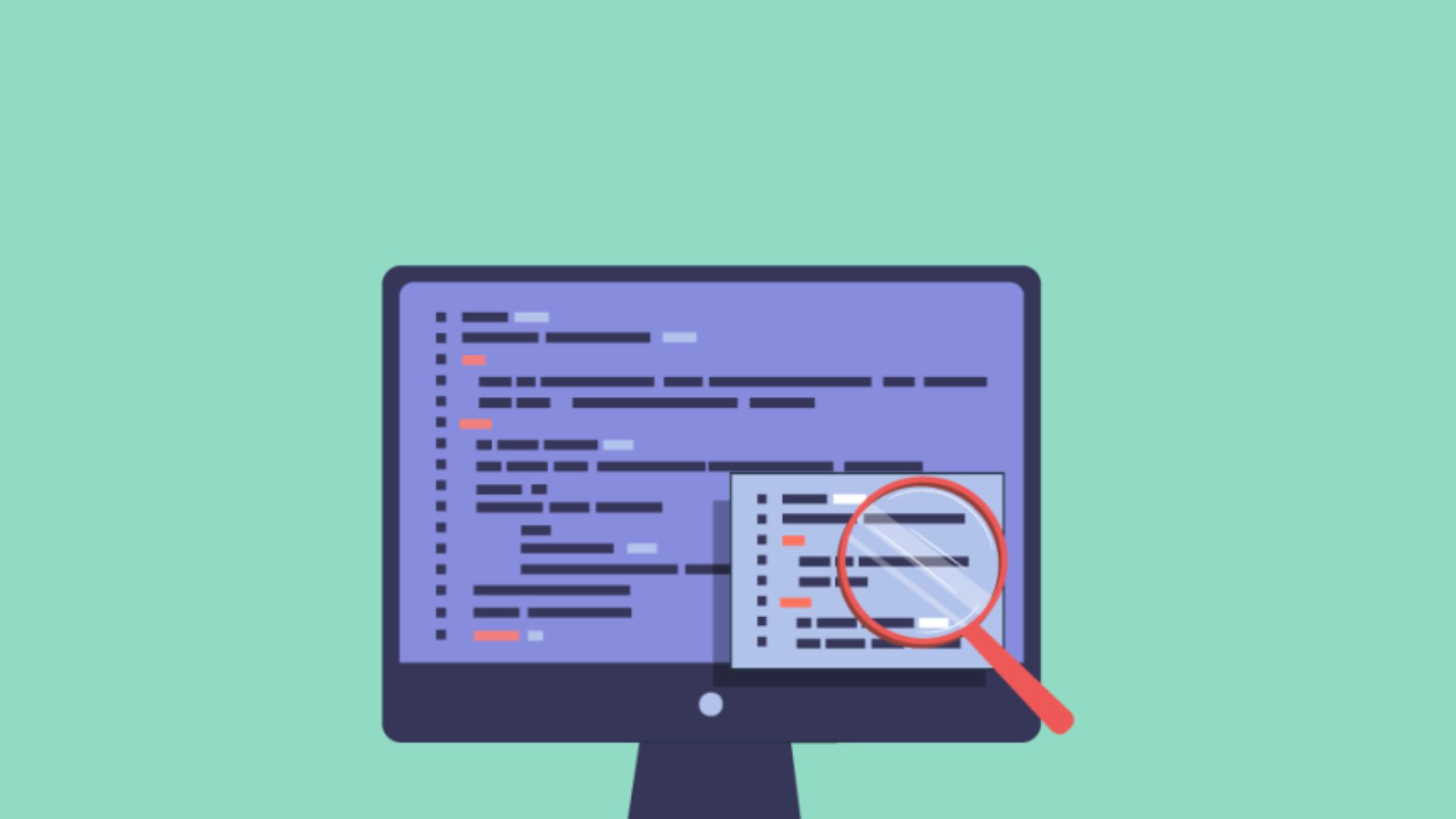
How to Test Firewall Effectiveness
Firewalls are the gatekeepers of your network, vigilantly filtering incoming and outgoing traffic to keep bad actors at bay. But just like any security system, it’s crucial to test your firewall effectiveness regularly to ensure it’s functioning as intended.
Here’s the good news: you don’t need to be a tech whiz to give your firewall a checkup. This post will guide you through some simple methods to assess your firewall’s strength and identify any potential weaknesses.

Understanding Firewall Testing
Before we jump into testing methods, let’s first grasp why we test firewalls. Firewall testing means we check if the firewall can filter network traffic, spot unauthorized access attempts, and enforce security policies properly. It’s like putting the firewall through a series of challenges to see if it can stand up to real-world threats. We want to make sure that it can do its job of protecting our network from hackers and malicious activity. So, testing helps us ensure that our firewall is working as it should and keeping our network safe from cyberattacks.
Identifying Testing Goals and Scenarios
Start by outlining specific testing objectives and scenarios that align with your organization’s security needs. Define clear goals that you want to achieve through firewall testing, such as identifying vulnerabilities, assessing threat detection capabilities, or evaluating policy enforcement effectiveness. Tailor these goals to address the unique security challenges and priorities of your organization.
Next, take into account various factors that can influence your testing approach. Consider the complexity of your network topology, including the number of network segments, interconnected devices, and entry points. Analyze typical traffic patterns within your network, such as the volume and types of data being transmitted, to ensure that testing scenarios reflect real-world usage scenarios. Additionally, identify potential attack vectors that threat actors might exploit to gain unauthorized access to your network. By incorporating these factors into your testing methodology, you can create realistic scenarios that accurately simulate the types of threats your organization may face.
Testing Firewall Rules and Policies
Evaluate the effectiveness of your firewall rules and policies by conducting rule-based testing. This involves verifying that firewall rules are correctly configured to allow legitimate traffic while blocking unauthorized access. Test scenarios should include various types of traffic, such as HTTP, FTP, and SSH, to ensure comprehensive coverage. Just as firewall rules protect your network from unauthorized access, online casinos prioritize security measures to safeguard players’ information and transactions.
Furthermore, implementing a robust firewall management strategy involves continuous monitoring and adjustment to adapt to evolving threats. Regularly review firewall logs and analyze network traffic patterns to identify potential security vulnerabilities. By staying vigilant and proactive, you can strengthen your network’s defenses against cyber threats.
Assessing Intrusion Detection and Prevention Capabilities
Test your firewall’s intrusion detection and prevention capabilities by simulating known attack vectors and monitoring the firewall’s response. Look for indicators of successful intrusion detection and prevention, such as alerts, logs, and blocked connections. This helps validate the effectiveness of your firewall’s threat detection mechanisms. Additionally, delve into the exciting world of online gaming at reelsofjoycasino.online/en. Just as your firewall detects and prevents unauthorized access attempts, online casinos employ state-of-the-art encryption and security protocols to protect players’ data and ensure fair gameplay.
Moreover, consider leveraging threat intelligence feeds and collaborating with cybersecurity experts to stay informed about emerging threats and best practices. By continuously updating your knowledge and defenses, you can effectively mitigate the risk of cyber attacks and safeguard your organization’s assets.
Conducting Penetration Testing
Penetration testing, also known as ethical hacking, involves simulating real-world cyber attacks to identify vulnerabilities in your firewall and network infrastructure. Hire certified ethical hackers or security professionals to conduct penetration tests and attempt to bypass your firewall defences. Their findings can provide valuable insights into potential weaknesses that need to be addressed.
Analyzing Log Data and Reporting
Review firewall logs and analyze data collected during testing to identify any anomalies, unauthorized access attempts, or security incidents. Generate comprehensive reports detailing testing methodologies, findings, and recommendations for remediation. This helps stakeholders understand the effectiveness of your firewall and prioritize security improvements.
Implementing Remediation Measures
Based on testing results, implement remediation measures to address identified vulnerabilities and strengthen your firewall security posture. This may involve updating firewall rules, applying security patches, configuring additional security controls, or enhancing employee training and awareness.
Conclusion
Regularly testing your firewall is essential to maintain a robust security posture and protect your network against evolving cyber threats. By following these steps and incorporating firewall testing into your overall cybersecurity strategy, you can proactively identify and mitigate vulnerabilities, safeguarding your organization’s sensitive data and assets.



